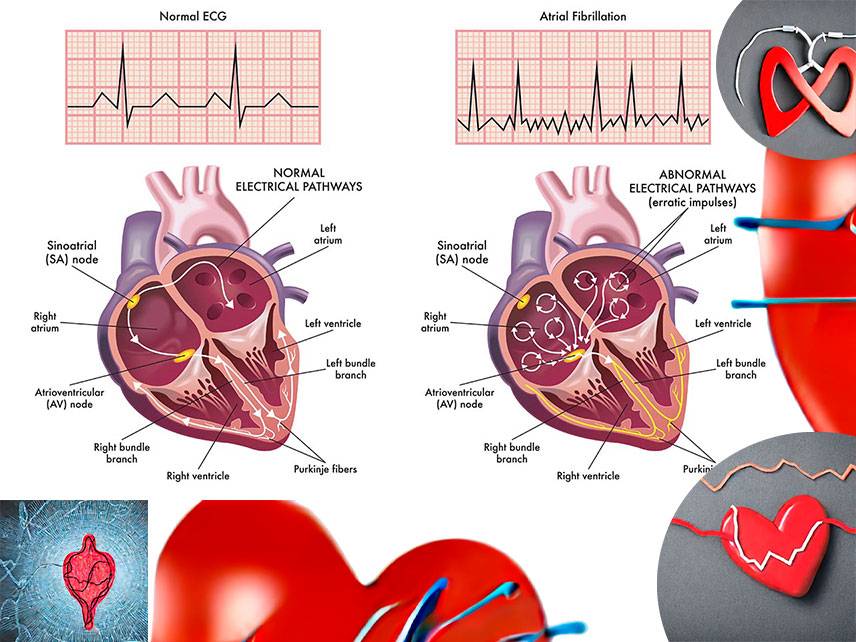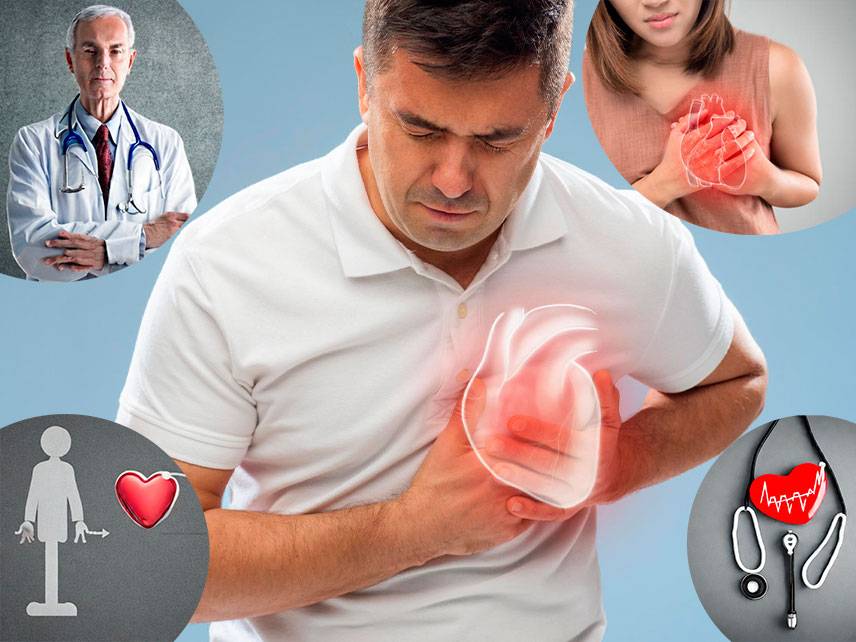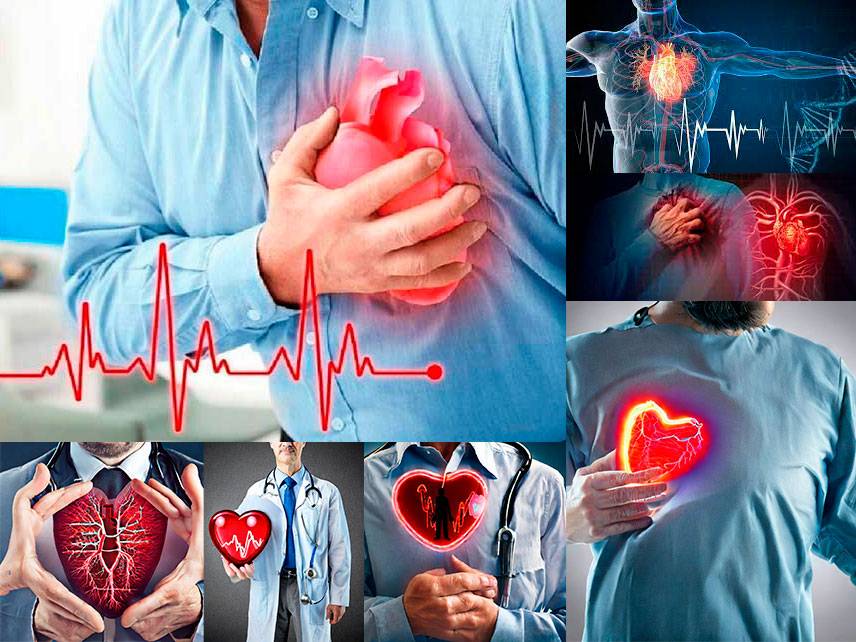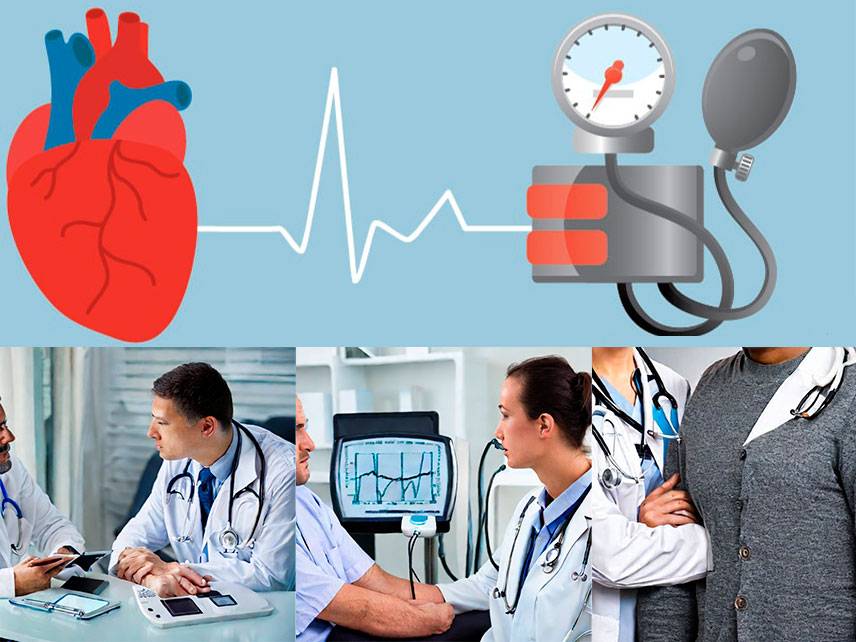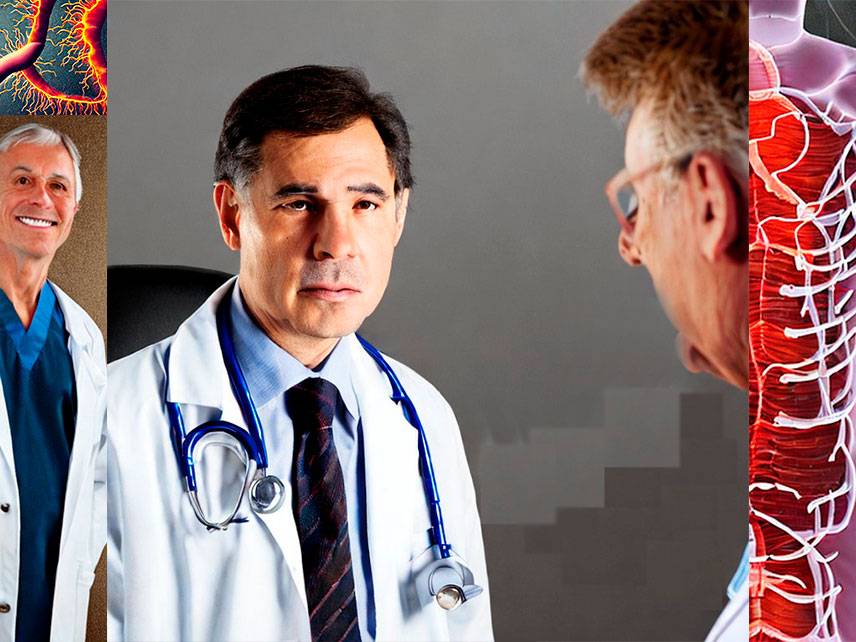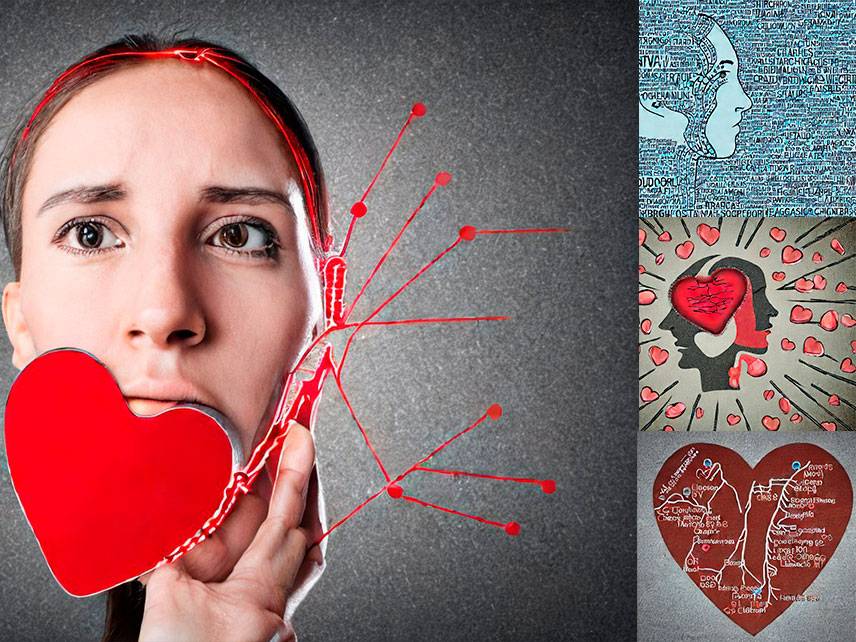Cardiovascular diseases are a wide range of conditions that affect the heart and/or blood vessels. The top 10 cardiovascular diseases are coronary artery disease, stroke, peripheral artery disease, hypertension, heart failure, atrial fibrillation, cardiomyopathy, congenital heart defects, arrhythmia, and valvular heart disease. Coronary artery disease is a condition in which plaque builds up in the coronary arteries, reducing blood flow to the heart. Stroke is an interruption of the blood supply to part of the brain, which can cause permanent damage. Peripheral artery disease is a narrowing of the arteries that leads to reduced blood flow in the arms and legs. Hypertension is high blood pressure and can lead to stroke, heart attack, and other complications. Heart failure is a condition in which the heart can’t pump enough blood to meet the body’s needs. Atrial fibrillation is an irregular heart rhythm that can lead to blood clots, stroke, and other heart-related complications. Cardiomyopathy is a disease of the heart muscle that can lead to heart failure. Congenital heart defects are problems with the heart’s structure that are present at birth. Arrhythmia is an abnormal heart rhythm that can cause dizziness, fainting, and chest pain. Valvular heart disease is a condition in which one or more of the heart’s four valves don’t work correctly.
